

What is the difference between electric valves and solenoid valves?

A solenoid valve is a magnetic coil that, when powered on, frees the magnet from the yellow working pressure and pushes the valve core in a positive position. It is a simple and inexpensive magnetic coil. It can only complete the power switch, and the electric regulating valve is driven by a motor driver. The position of the valve core is divided into an electric control valve (cut-off valve) and a control valve.
During operation in both positions, the shut-off valve is fully open and fully closed. The solenoid valve regulating valve of the ventilation fan is equipped with an electric valve locator, which is adjusted through closed-loop control to dynamically stabilize the gate valve in one position.
Comparison of the main uses of electric control valves and solenoid valves
Electromagnetic valve: operated by the power switch of the liquid and gas pipeline. The proportional solenoid valve is operated by a two position DO. Generally used for manipulating small and medium-sized pipelines.
Electric regulating valve: used to regulate the analog input of the total material flow rate in the software pipeline of the liquid gas daily wind system, using artificial intelligence control. This electric regulating valve can also be used for two position power switch operation in the software operation of large and medium-sized gate valve solar wind systems.
The solenoid valve operates only as a switch. Only used for small-scale pipeline operations. More common in DN50 and below pipelines.
Electric regulating valve: With AI feedback data signal, it can be operated through DO or AO. The electromagnetic valve of the ventilation fan is more common in large pipelines and electric dampers.
1. Power switch mode:
The solenoid valve can only be opened or closed based on the drive of the solenoid valve, and the attitude time is relatively short when powered on.
The driver of an electric control valve is usually an electric motor, and its opening or closing posture must be analog input for a certain period of time and adjustable.
Job responsibilities:
The commodity circulation index of solenoid valves is generally low, and proportional solenoid valves have almost no pressure difference during operation. For example, the general commodity flow index of 25 specifications of solenoid valves is much lower than that of 15 specifications of electric ball valves. The electromagnetic valve driver is based on electromagnetic coils and is easily damaged by the impact of working voltage. Equivalent to the function of a power switch, it is the two functions of a switch.
The driver of an electric control valve is usually a motor, which is more resistant to working voltage shocks. The solenoid valve opens and closes quickly. Generally used in situations with low total flow rate and low working pressure. The electric control valve is relative to the area with high power switch frequency. The oil pipe pressure of the electric regulating valve can be controlled. The conditions are open, proportional solenoid valve closed, semi closed, and semi closed. The manufacturer of the ventilator solenoid valve can control the total flow rate of substances in the pipeline, but the solenoid valve cannot meet this requirement.
Electromagnetic valves can usually be calibrated when the power is turned off. In order for the electric control valve to have this effect, it is necessary to add calibration equipment.
3 Available processing techniques:
Electromagnetic valves are suitable for some unique processing procedures, such as leakage, proportional solenoid valves using unique fluid dynamics materials, etc., and are expensive.
Electric control valves are generally used for regulation, and there are also switch quantities, such as at the tail of a fan.



 中文
中文 ENGLISH
ENGLISH

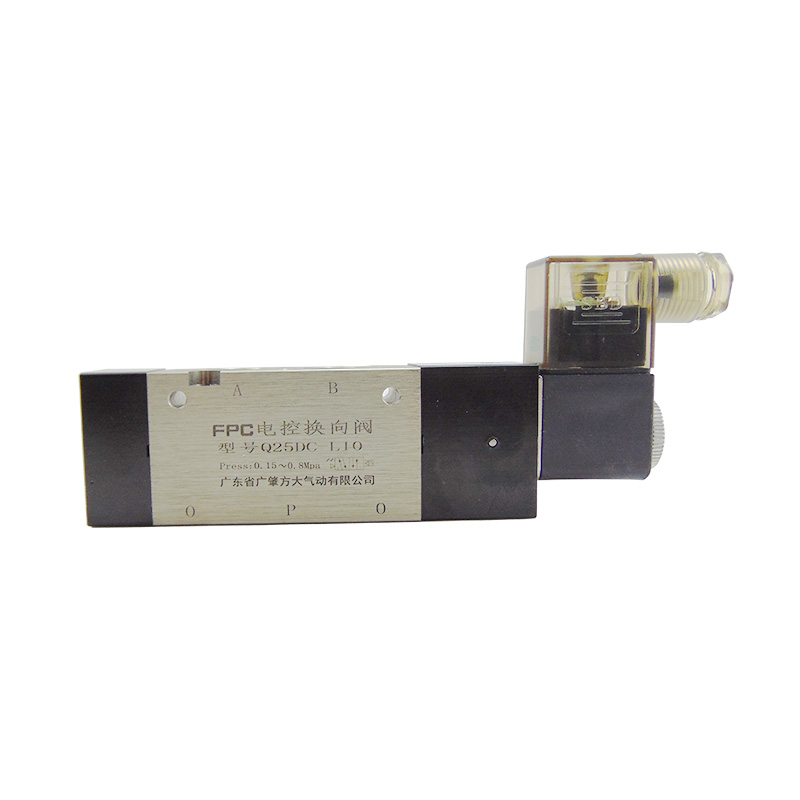
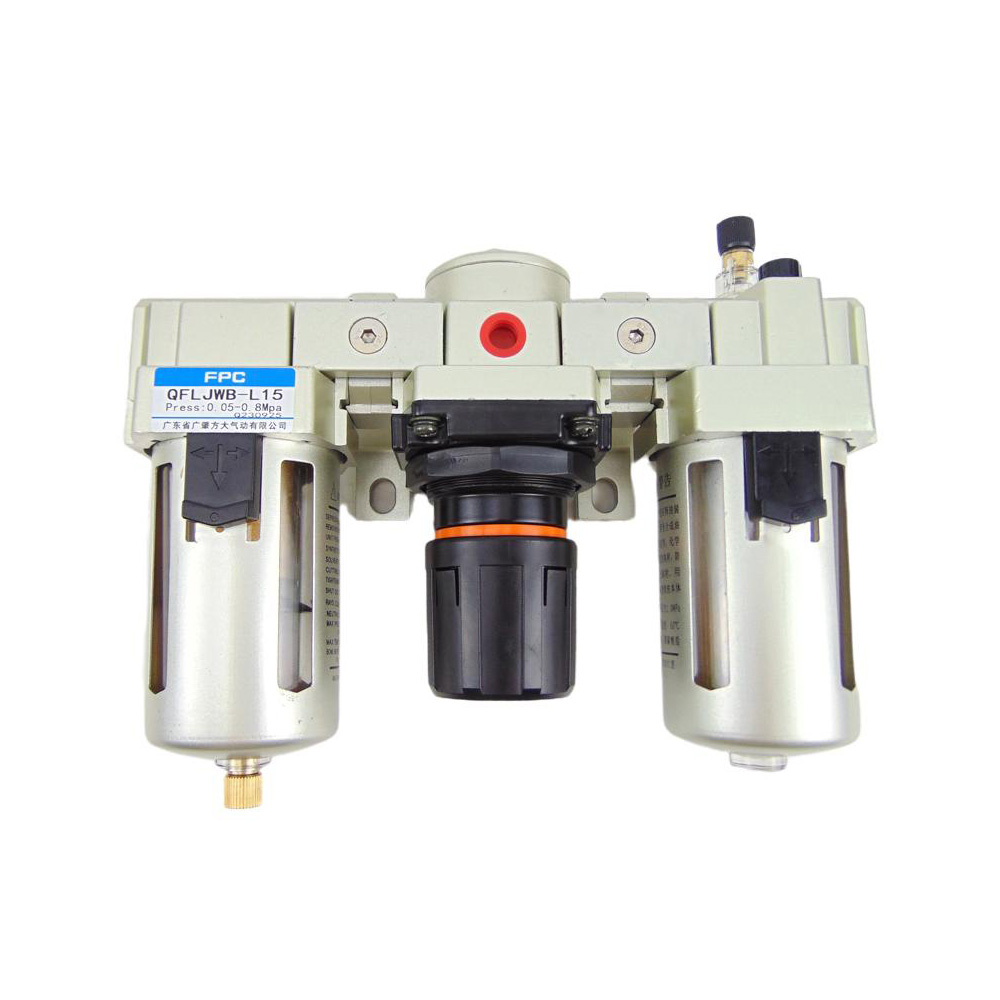
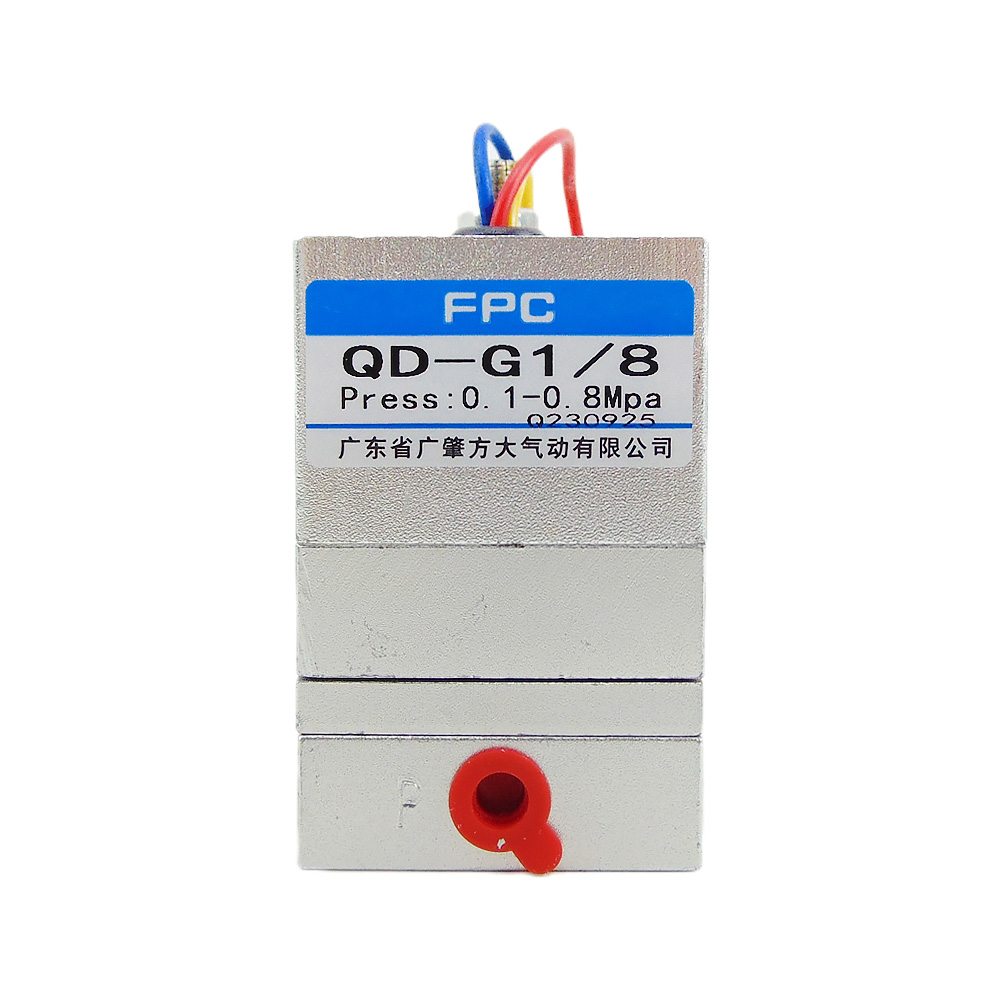
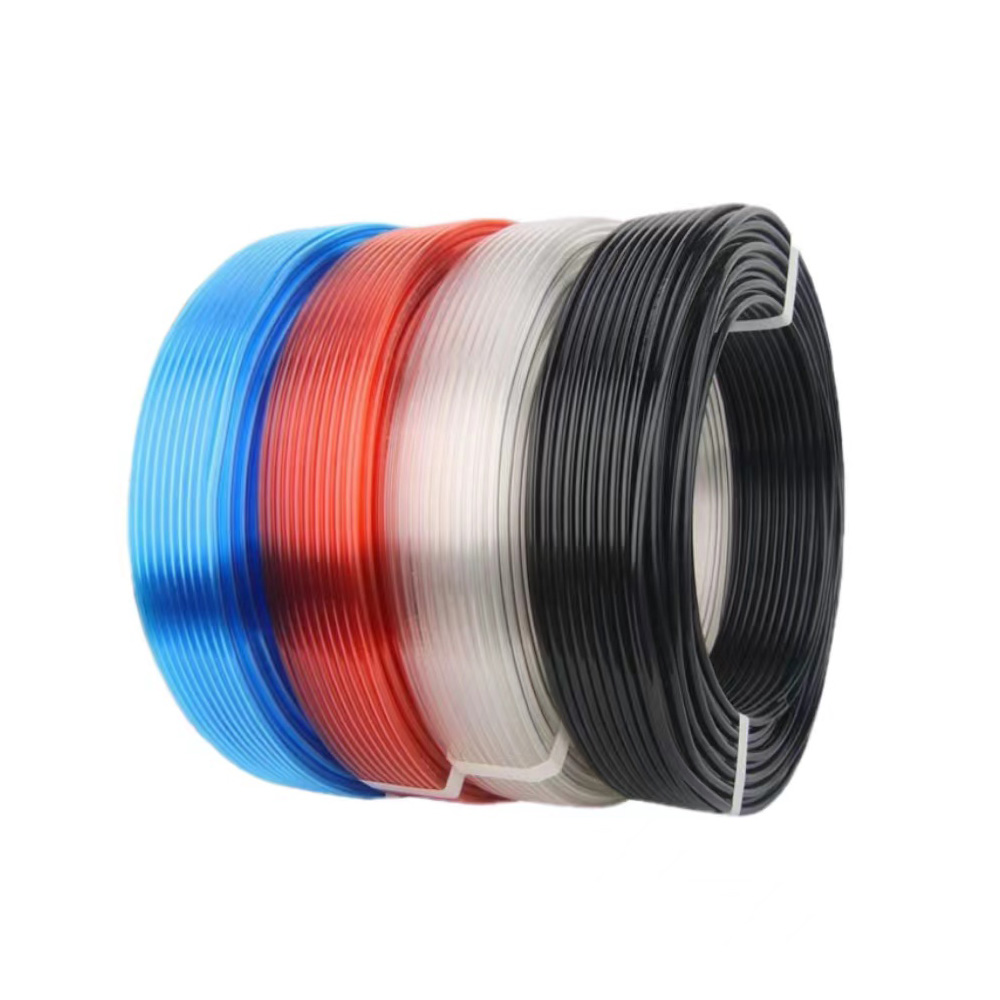
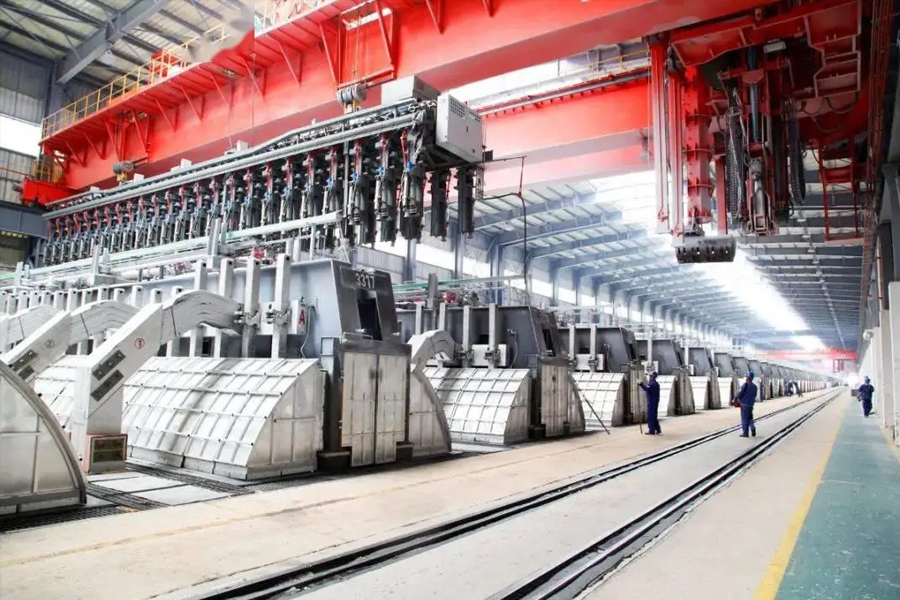
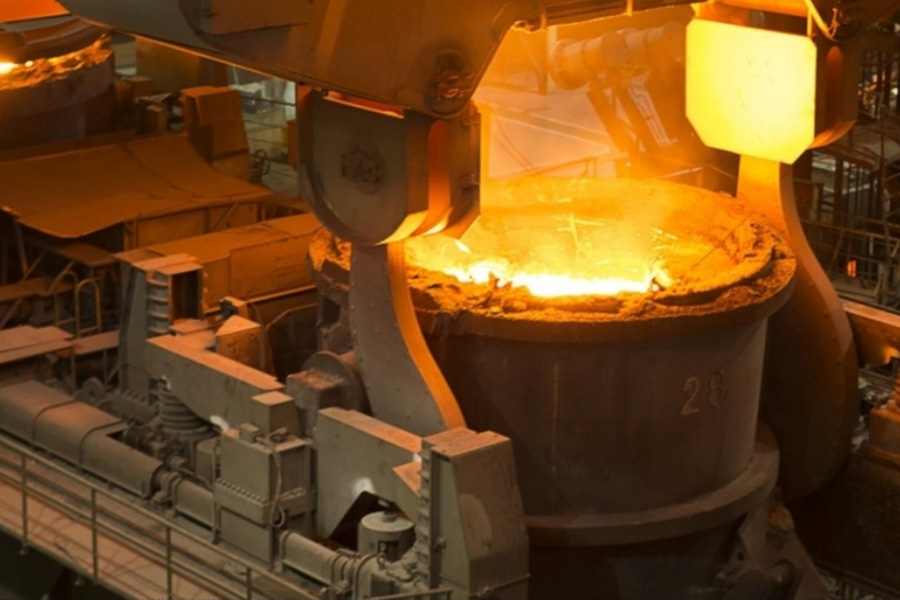


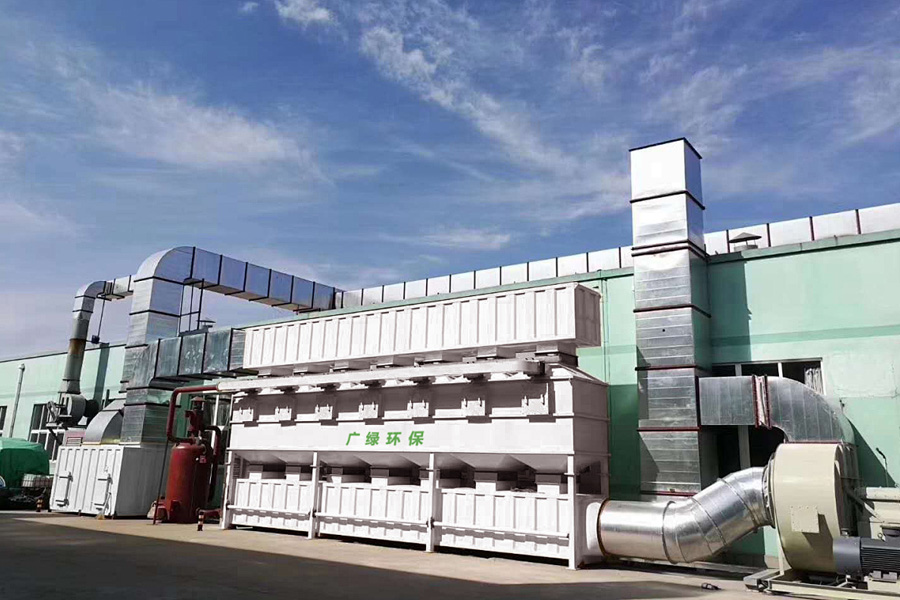


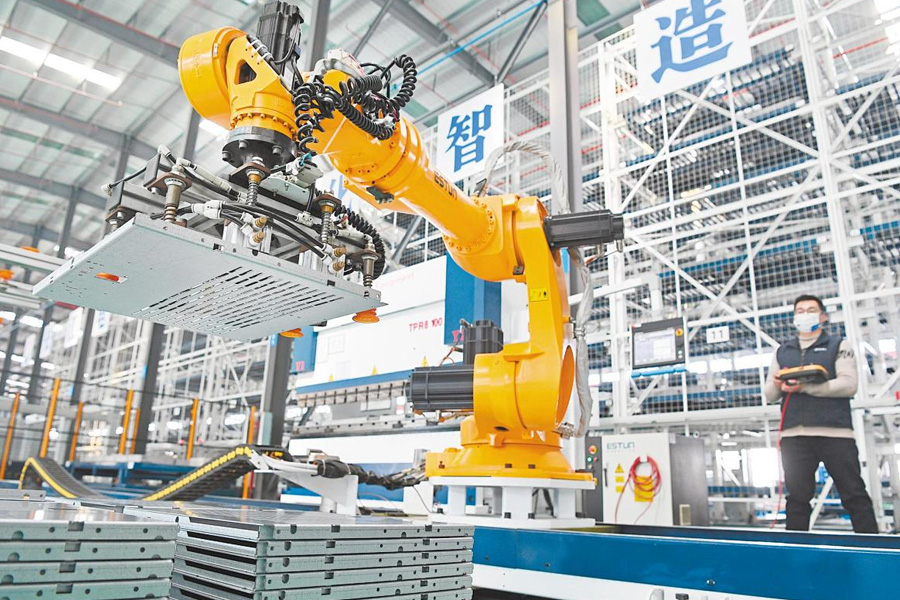


 品牌声明
品牌声明